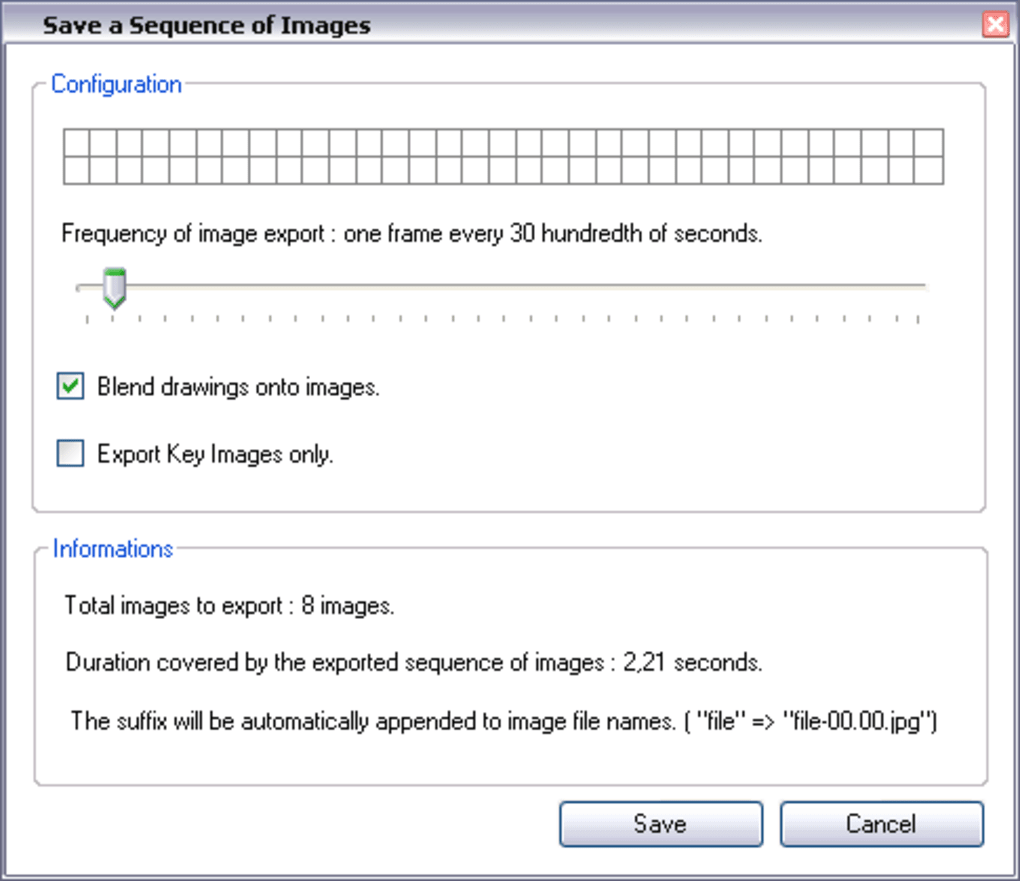

Data on the kinematics of falls can also guide the design of improved sensor-based automatic fall detection systems. For example, information on the movements of the body during falls can help exercise therapists in designing exercise programs for fall prevention, engineers in creating mobility aids and architects and designers in creating safer environments. Improved understanding of the kinematics of real-life falls should help to inform efforts for injury prevention. The high prevalence and clinical consequences of falls stress the need for improvements in the design and implementation of strategies for predicting, detecting, and preventing falls and injuries. Falls cause up to 80% of traumatic brain injuries and 95% of hip fractures in older adults. Each year, falls cause 37 million hospital visits, 646,000 fatalities, and treatment costs over USD 50 billion globally. The funders had no role in study design, data collection and analysis, decision to publish, or preparation of the manuscript.Ĭompeting interests: The authors have declared that no competing interests exist.įalls are the number one cause of unintentional injury and the number two cause of injury-related deaths world-wide. VK was supported by a Michael Smith Foundation for Health Research (MSFHR) Postdoctoral Award (18481), an AGE-WELL Network of Centres of Excellence in Technology and Aging Postdoctoral Award, and a CIHR Community Support Travel Award (164465). KE was supported by an AGE-WELL Network of Centres of Excellence in Technology and Aging Graduate Student Award. NS was supported by a Simon Fraser University Graduate Dean’s Entrance Scholarship and a CIHR Community Support Travel Award (164472).

This is an open access article distributed under the terms of the Creative Commons Attribution License, which permits unrestricted use, distribution, and reproduction in any medium, provided the original author and source are credited.ĭata Availability: All relevant data are within the manuscript and its Supporting Information files.įunding: This work was supported by operating grants from the Canadian Institutes of Health Research (funding reference numbers AMG-100487, TIR-103945, and TEI-138295) and the AGE-WELL National Centre for Excellence (AW CRP 2015-WP5.2, AWCRP-2020-04). Received: ApAccepted: OctoPublished: October 25, 2021Ĭopyright: © 2021 Shishov et al. PLoS ONE 16(10):Įditor: Manabu Sakakibara, Tokai University, JAPAN
KINOVEA APP SOFTWARE
Lower accuracy was observed for angular kinematics of the upper and lower limb in sideways falls, and for horizontal measures from 30 degree cameras or 1D height-based calibration.Ĭitation: Shishov N, Elabd K, Komisar V, Chong H, Robinovitch SN (2021) Accuracy of Kinovea software in estimating body segment movements during falls captured on standard video: Effects of fall direction, camera perspective and video calibration technique. Our results demonstrate that Kinovea can be applied to 30 Hz video to measure linear positions and velocities to within 9% accuracy.

When compared to 10 Hz, filtering at 3 Hz caused velocity errors to increase 1.4-fold. Errors in horizontal velocity were 2.5-fold higher for a 30 than 90 degree camera angle, and 1.6-fold higher for calibration using participants’ height (1D) instead of a 2D grid. Errors in angular measures averaged over 2-fold higher in sideways than forward or backward falls, due to out-of-plane movement of the knees and elbows. For a camera oriented perpendicular to the plane of the fall (90 degrees), Kinovea position data filtered at 10 Hz, and video calibration using a 2D grid, mean root mean square errors were 0.050 m or 9% of the signal amplitude and 0.22 m/s (7%) for vertical position and velocity, and 0.035 m (6%) and 0.16 m/s (7%) for horizontal position and velocity. We also examined how Kinovea accuracy depended on fall direction, camera angle, filtering cut-off frequency, and calibration technique. We examined the validity of this approach by conducting laboratory falling experiments, and comparing linear and angular positions and velocities measured from 3D motion capture to estimates from Kinovea 2D digitization software based on standard surveillance video (30 Hz, 640x480 pixels). Video footage of real-life falls is increasingly available, and may be used with digitization software to extract kinematic features of falls. Understanding the movements of the body during falls is important to the design of fall prevention and management strategies, including exercise programs, mobility aids, fall detectors, protective gear, and safer environments. Falls are a major cause of unintentional injuries.


 0 kommentar(er)
0 kommentar(er)
